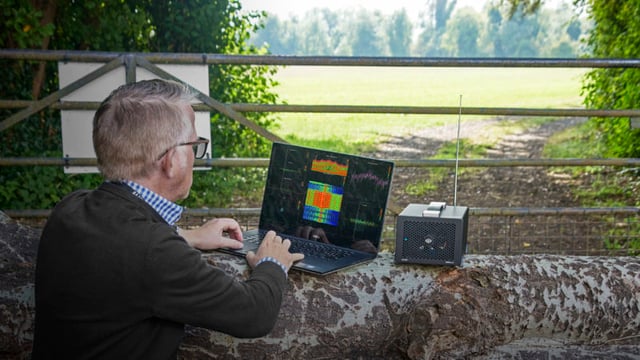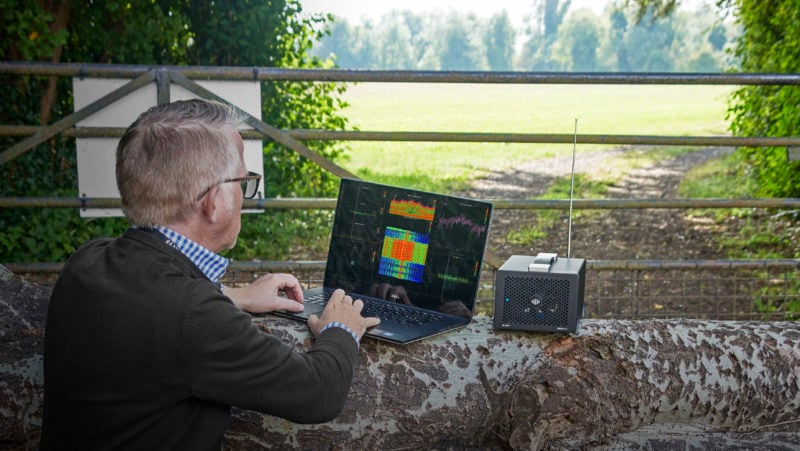Interference Hunting and Capture – From FM to 5G

With the RFeye Sens Portable I/Q recorder, it is possible to track down and record even hard-to-find interference sources.
So here’s the scenario – you’ve created a brilliant new piece of wirelessly-enabled technology, and you’ve tested it extensively in a laboratory setting. Everything is working perfectly until it makes contact with the real world, at which point, unexplained interference problems begin to occur. As the details of the interference are unknown, it can’t be recreated in the lab.
As the advent of 5G allows for an exponential increase in the number of connected devices, this will become an increasingly familiar scenario. So what can be done about it? If the interference is constant, then a handheld spectrum analyzer can be deployed, and the source of the interference identified in real time. But if the interference is sporadic, infrequent and of short duration, then it becomes impractical to expect an engineer to sit staring at the screen for hours on end, in the hope of spotting it happening.
Instead, a long duration RF recording device, such as the RFeye Sens Portable, should be deployed. A portable system like this can be left in situ, in the real-world deployment environment, to record a wide swath of spectrum over hours or even days (>12 hours at 100 MHz IBW, or >5 days at 10 MHz IBW). The recorded spectrum can then be analyzed in forensic detail using RFeye DeepView I/Q analysis software, to extract, identify and replicate the interference. Armed with this knowledge, developers can then redesign the system to mitigate or entirely eliminate the problems created by interference.

The lightweight, portable form factor allows for straightforward use in the field
Another potential scenario is of interest to local and national regulators tasked with making sure that all FM radio transmissions come from licensed radio stations. Tracking down the source of pirate radio transmissions is the first stage of the process, and could be achieved by, for example, using a mobile angle of arrival system to carry out a search in real time. But this is only the first part of the problem. To successfully protect national spectrum allocations, it needs to be possible to prosecute those responsible, and that requires hard evidence. Using Sens Portable, hours of full I/Q data can be recorded, capturing a complete record of the illegal transmissions, and providing the material necessary for legal action.
If you would like to find out more about these or other applications of the RFeye Sens Portable, then get in touch with one of our technical team to discuss how we can help track down and record troublesome interference sources. With a frequency range from 9 kHz up to 18 GHz, FM and 5G are just the tip of the iceberg.
